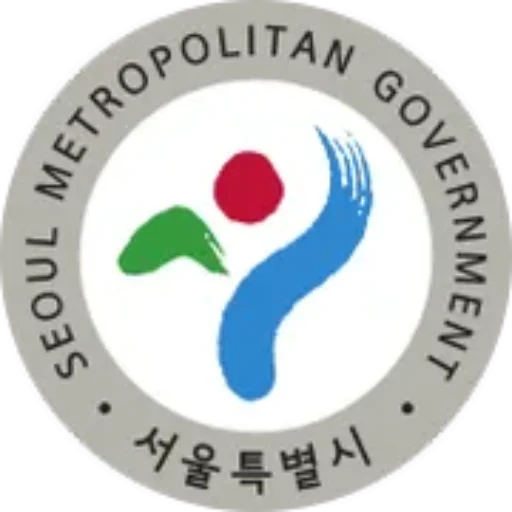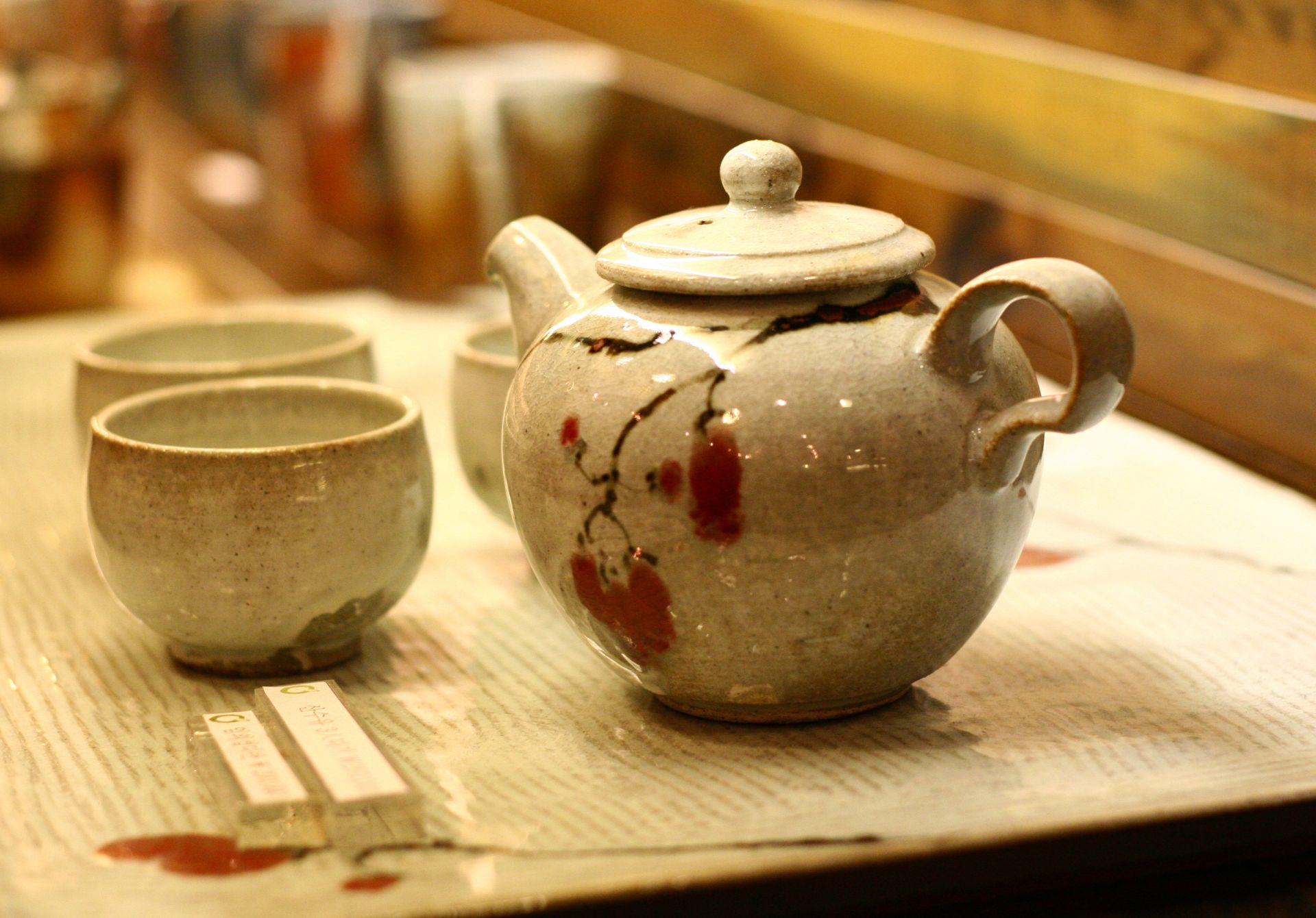Nestled in the heart of Seoul, Insadong stands as a testament to Korea’s rich cultural heritage. During the Joseon Dynasty (1392-1910), this district served as the residential quarter for government officials and was home to the largest market for Korean art. The area gained prominence in the early 20th century when it became the primary location for trading antiques and artworks, particularly during the Japanese occupation when wealthy Koreans were forced to sell their possessions.
Traditional Arts and Crafts
Today, Insadong remains Seoul’s premier destination for traditional Korean crafts and artworks. The district houses over 100 galleries showcasing ancient and contemporary Korean art. Visitors can find everything from hanbok (traditional Korean clothing) and hanji (handmade paper) to celadon pottery and intricate woodwork. The street’s numerous workshops offer hands-on experiences where tourists can learn traditional crafts like calligraphy and pottery making.
Notable Galleries and Shops
Among the most renowned establishments is the Tongmungwan, Korea’s oldest bookstore, established in 1934. The Gyeongin Art Gallery, founded in 1982, plays a crucial role in promoting contemporary Korean artists while preserving traditional artistic values. The district is also home to Ssamziegil, a modern cultural complex featuring 70 shops arranged in a spiral pattern, perfectly blending contemporary design with traditional elements.
Culinary Heritage
Insadong’s food scene offers an authentic taste of Korean cuisine. Traditional teahouses, some centuries old, serve medicinal teas and Korean desserts in settings that transport visitors back in time. Notable establishments include the Tteuran teahouse, famous for its wide selection of traditional Korean teas, and Sanchon, a temple food restaurant founded by a former Buddhist monk.
Local Delicacies
The district is particularly known for its hanji dasik (traditional tea cookies), hotteok (sweet filled pancakes), and various types of traditional rice cakes. Street food vendors line the main street, offering everything from fish-shaped bungeo-ppang to savory bindaetteok (mung bean pancakes).
Modern Evolution
While maintaining its traditional character, Insadong has evolved to meet contemporary needs. The main street, designated as the first “Culture Street” in Korea in 2002, becomes a car-free zone every weekend, allowing visitors to explore freely. According to recent tourism statistics, Insadong attracts over 100,000 visitors daily, with 40% being international tourists.
Cultural Events and Festivals
Throughout the year, Insadong hosts various cultural events and festivals. The Insadong Cultural Festival, held annually in October, features traditional performances, craft demonstrations, and parade. Regular cultural performances, including traditional music (gugak) concerts and mask dance shows, take place in designated areas along the main street.
Architectural Heritage
The district preserves numerous examples of traditional Korean architecture. Notable structures include the Unhyeongung Royal Residence, a beautifully preserved Joseon-era palace, and various hanok (traditional Korean houses) that have been converted into cultural spaces, galleries, and restaurants.
Insadong represents the perfect harmony between Korea’s rich past and vibrant present. As Seoul continues to modernize at a rapid pace, this cultural district serves as a vital reminder of Korean heritage and traditions. Whether you’re an art enthusiast, history buff, or casual tourist, Insadong offers an authentic glimpse into Korean culture that can’t be found anywhere else in Seoul. Its successful preservation and adaptation to modern times make it a model for cultural conservation in an increasingly globalized world.

